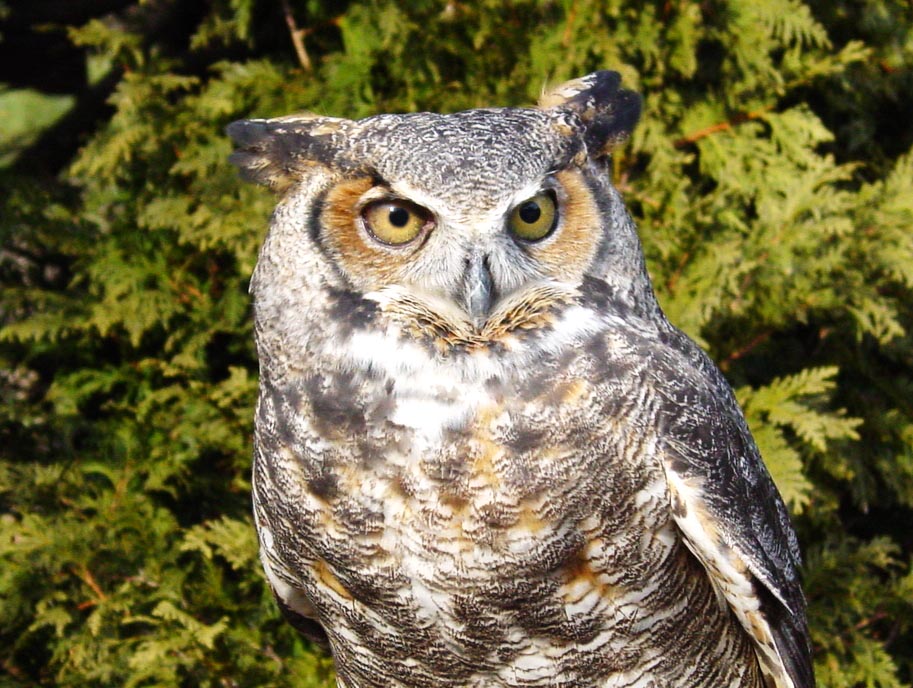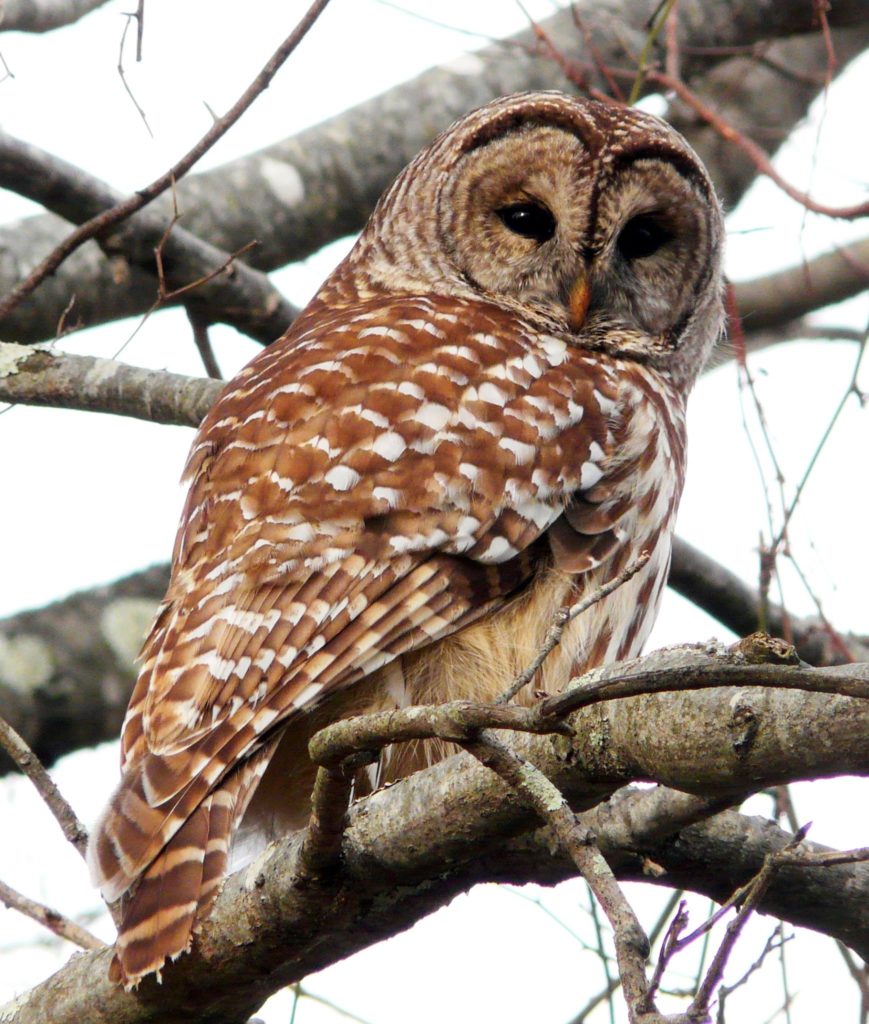Learn how sap is turned into syrup and taste sweet treats during an upcoming maple sugaring program! Details below.

- Blue Hills Trailside Museum in Milton offers Maple Sugar Days at Brookwood Farm in Canton on March 18 and 19. Learn how maple sugar was made through the ages and sample some delicious syrup.
- Drumlin Farm in Lincoln gives visitors the opportunity to get an up-close view of a working maple syrup evaporator. The wildlife sanctuary offers related family programs. Plus, tuck into a hearty meal at the Sap-to-Syrup Farmer’s Breakfast on March 11 and 12.
- Ipswich River in Topsfield presents sugaring-off tours in February and March and other programs that show how the sweet stuff makes it from tree to table. Don’t miss the annual Spring Flapjack Fling on March 18—eat a pancake breakfast, go on a sugaring tour, or do both!
- Moose Hill in Sharon throws a Maple Sugaring Festival on March 19, 25, and 26. Take part in fun activities and go on a guided walk to discover the history and process of turning sap into syrup.
- North River in Marshfield has a Maple Sugaring Celebration on March 4. Participate in outdoor stations that explore maple trees and tree tapping throughout history, tap a tree, and sample different grades of syrup and maple sugar with silver dollar pancakes.
- Boston Nature Center in Mattapan hosts two Maple Sugaring events: one for all ages on March 4 and another one geared to adults on March 11. Tap, collect, and boil down sap during both programs. The adult program, there will also be a discussion on how climate change impacts maple sugaring.
- Habitat in Belmont celebrates sugaring during its weekend Sugaring Celebration (March 11) and weekday Going to the Maple Tree (March 14 & 16).
Ready to make your own maple products? The Audubon Shop sells taps, how-to guides, and books with maple sugar history, science, and recipes.



